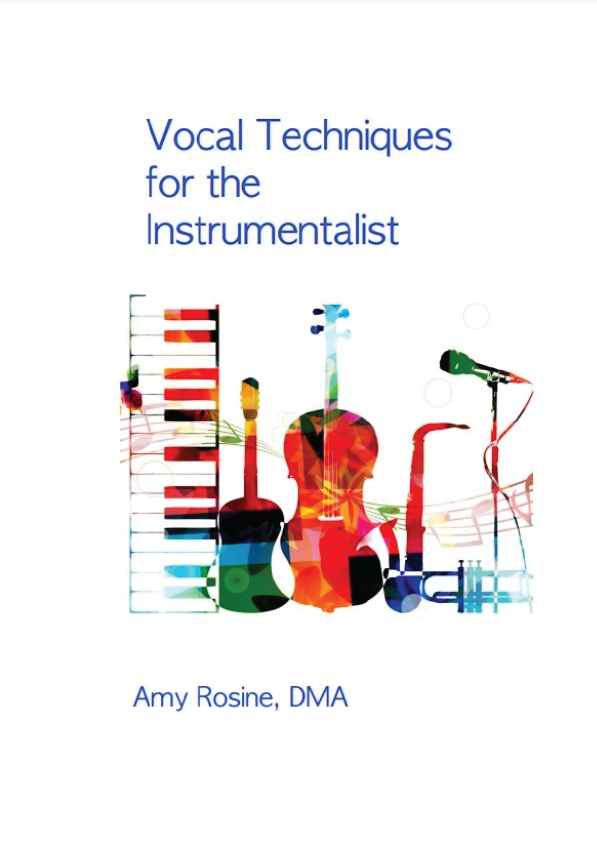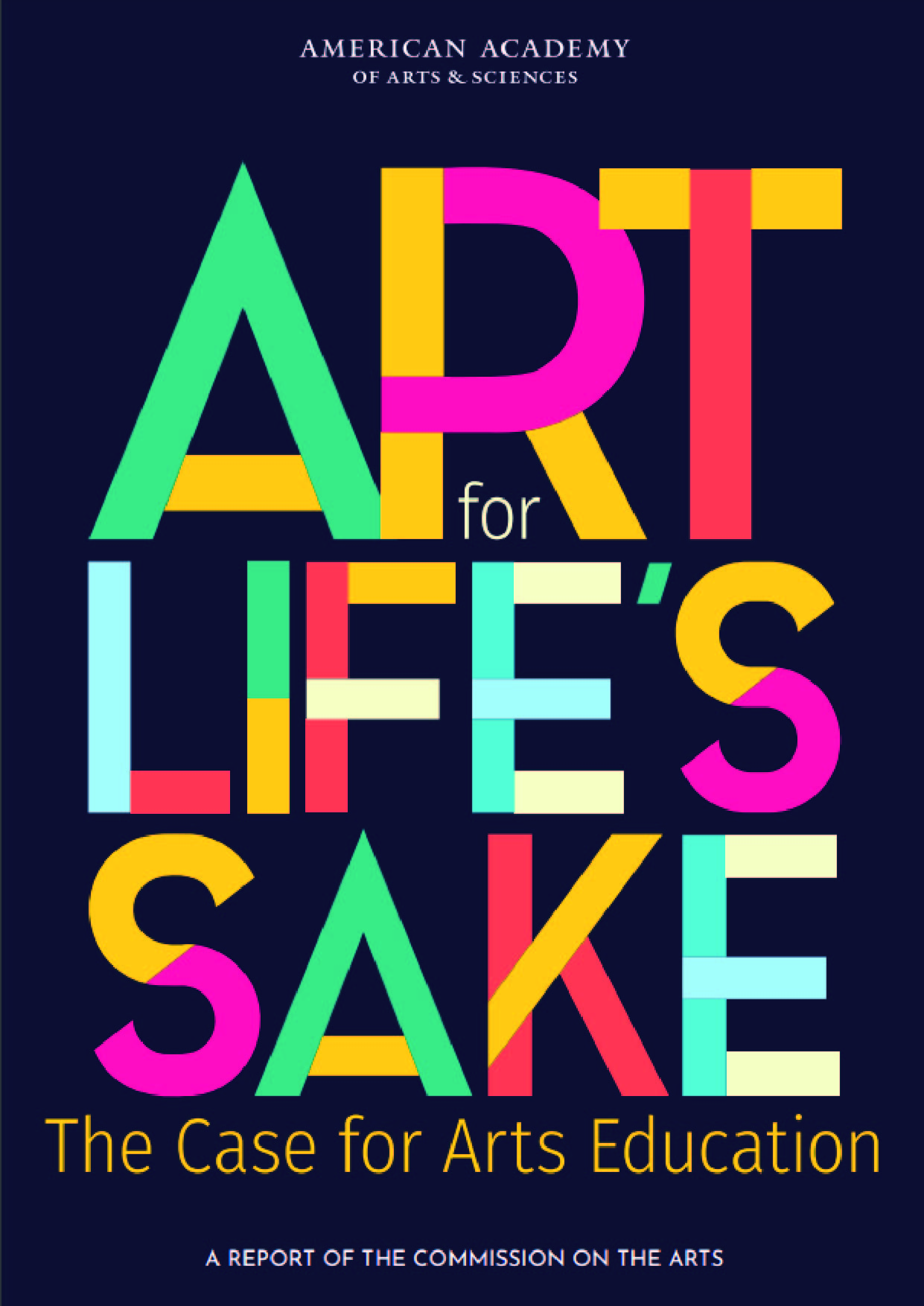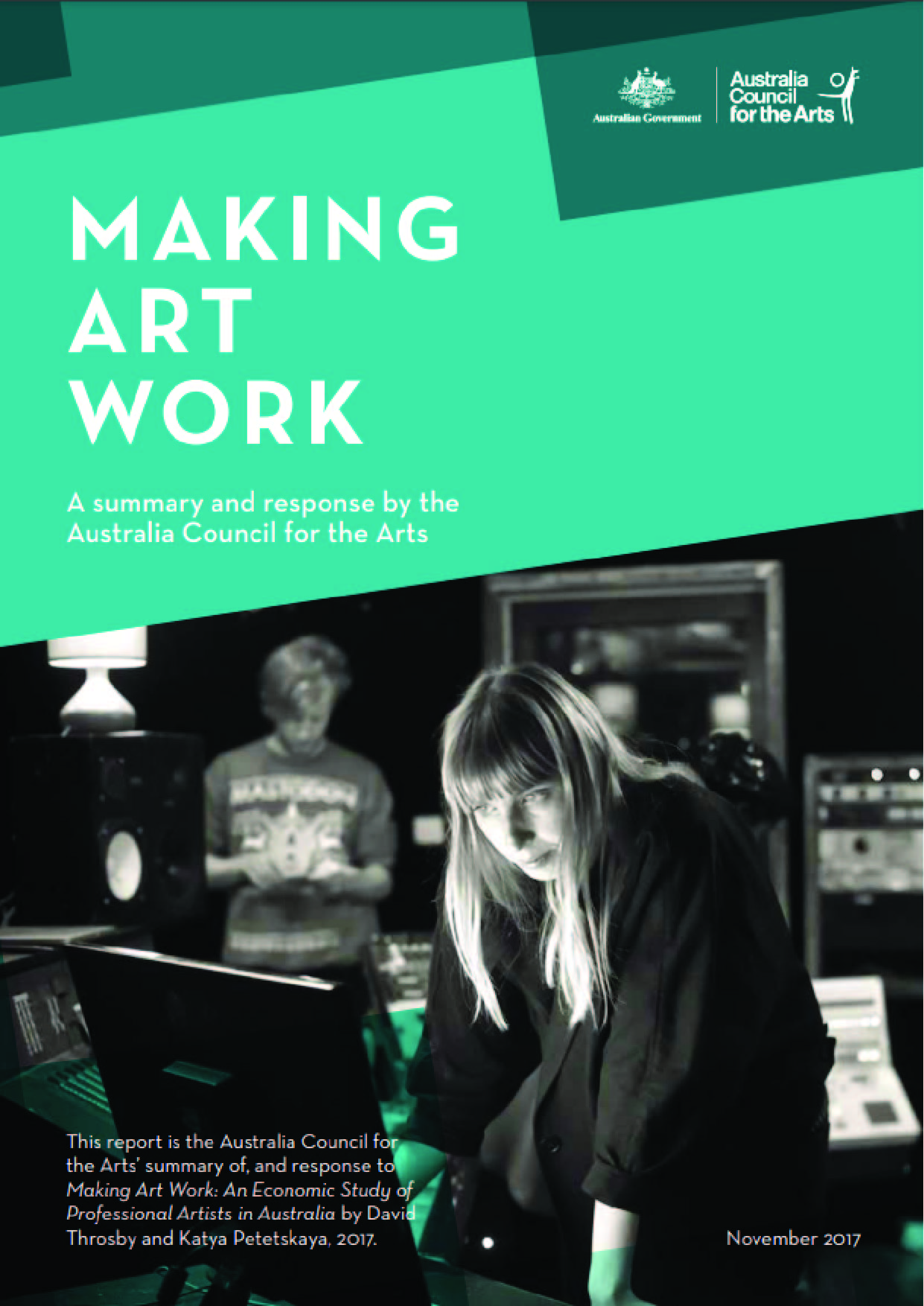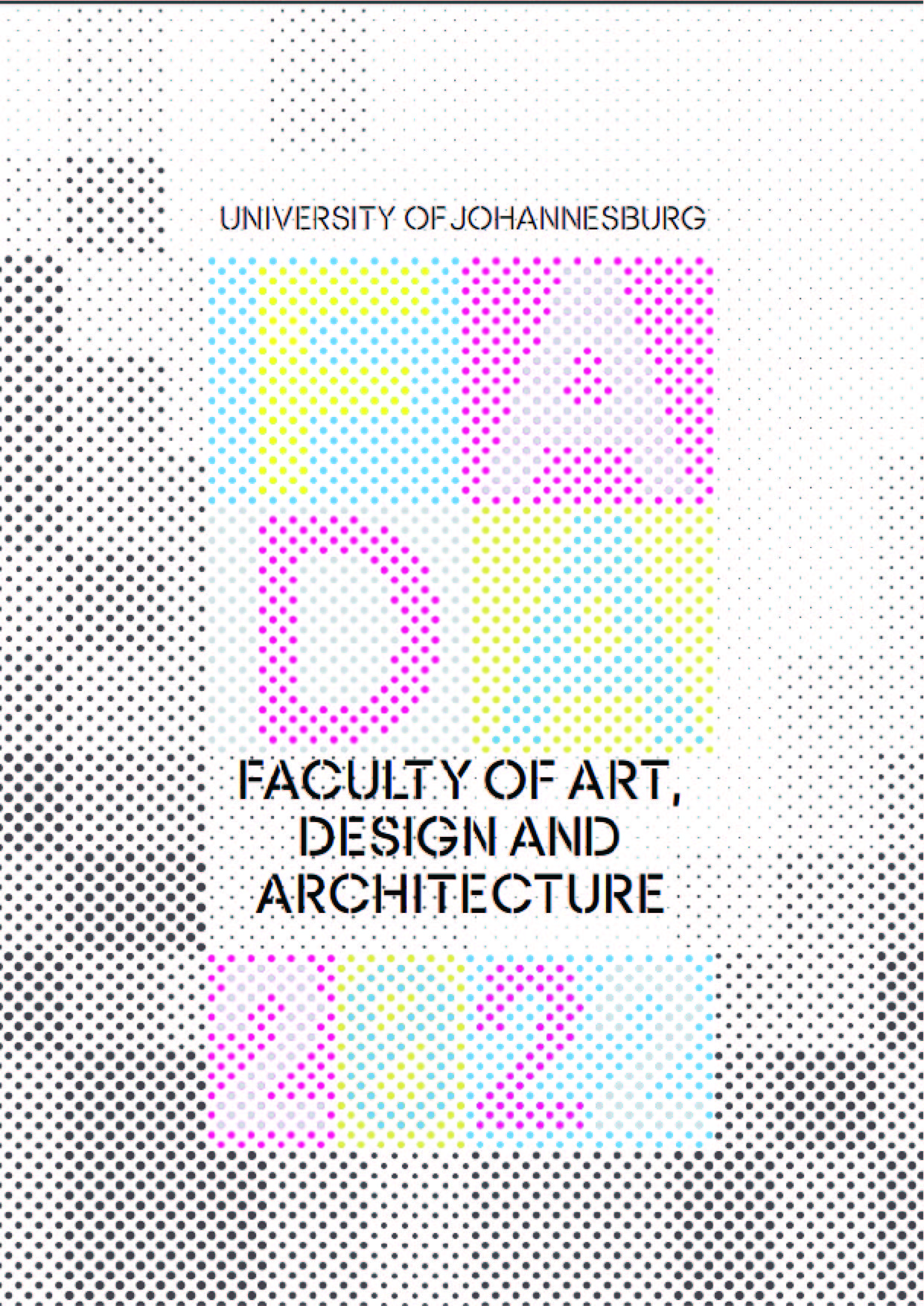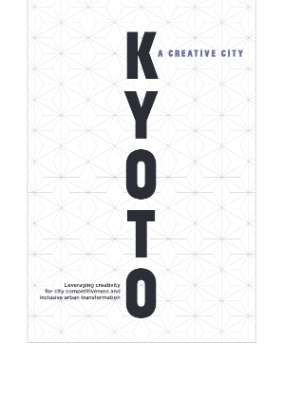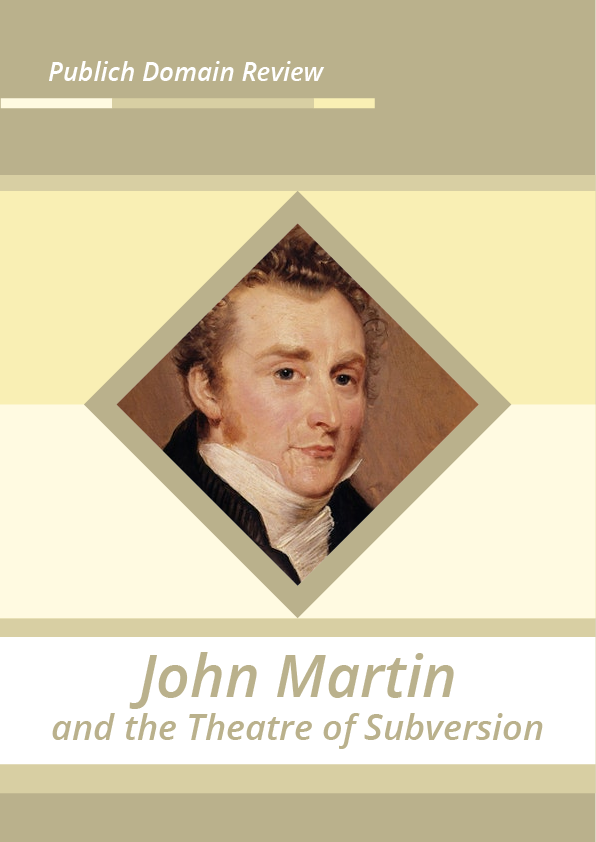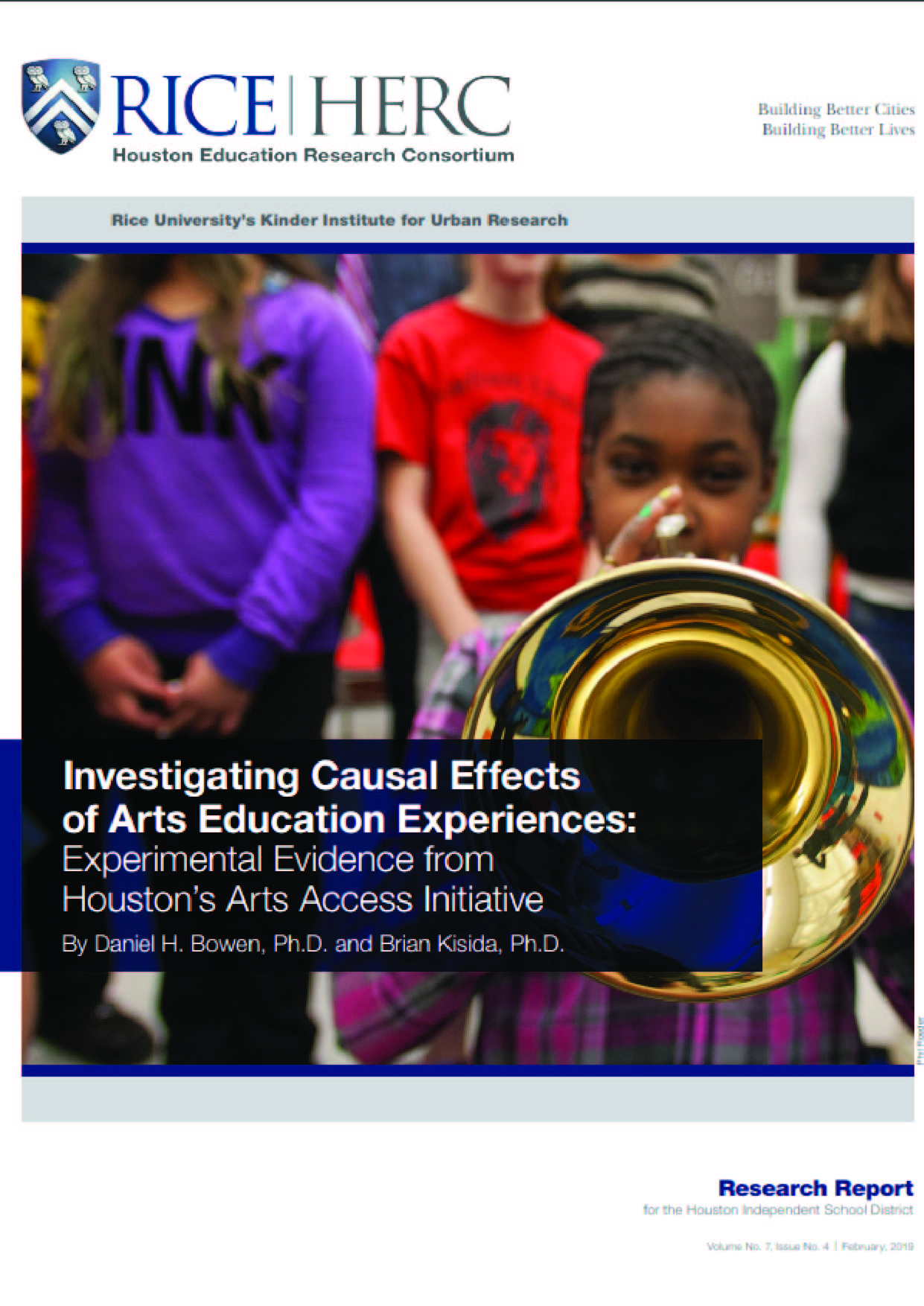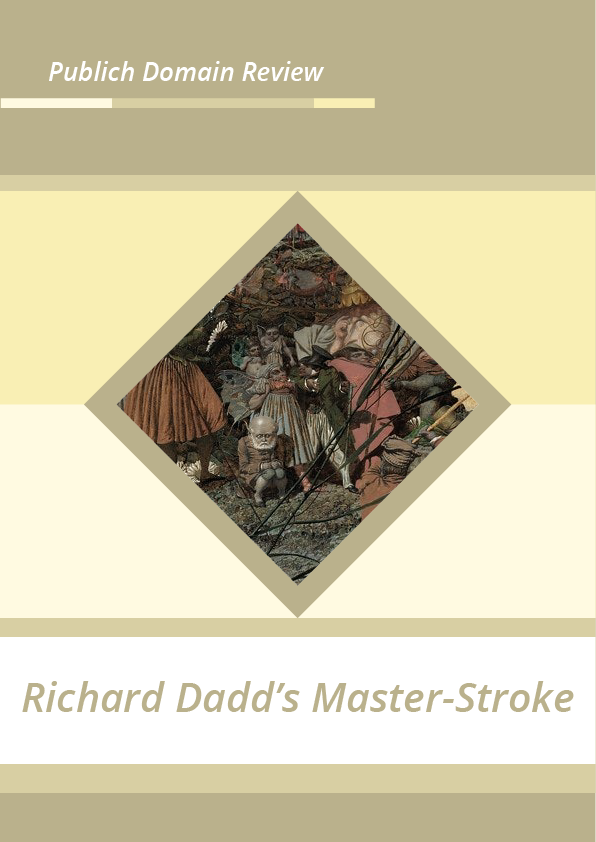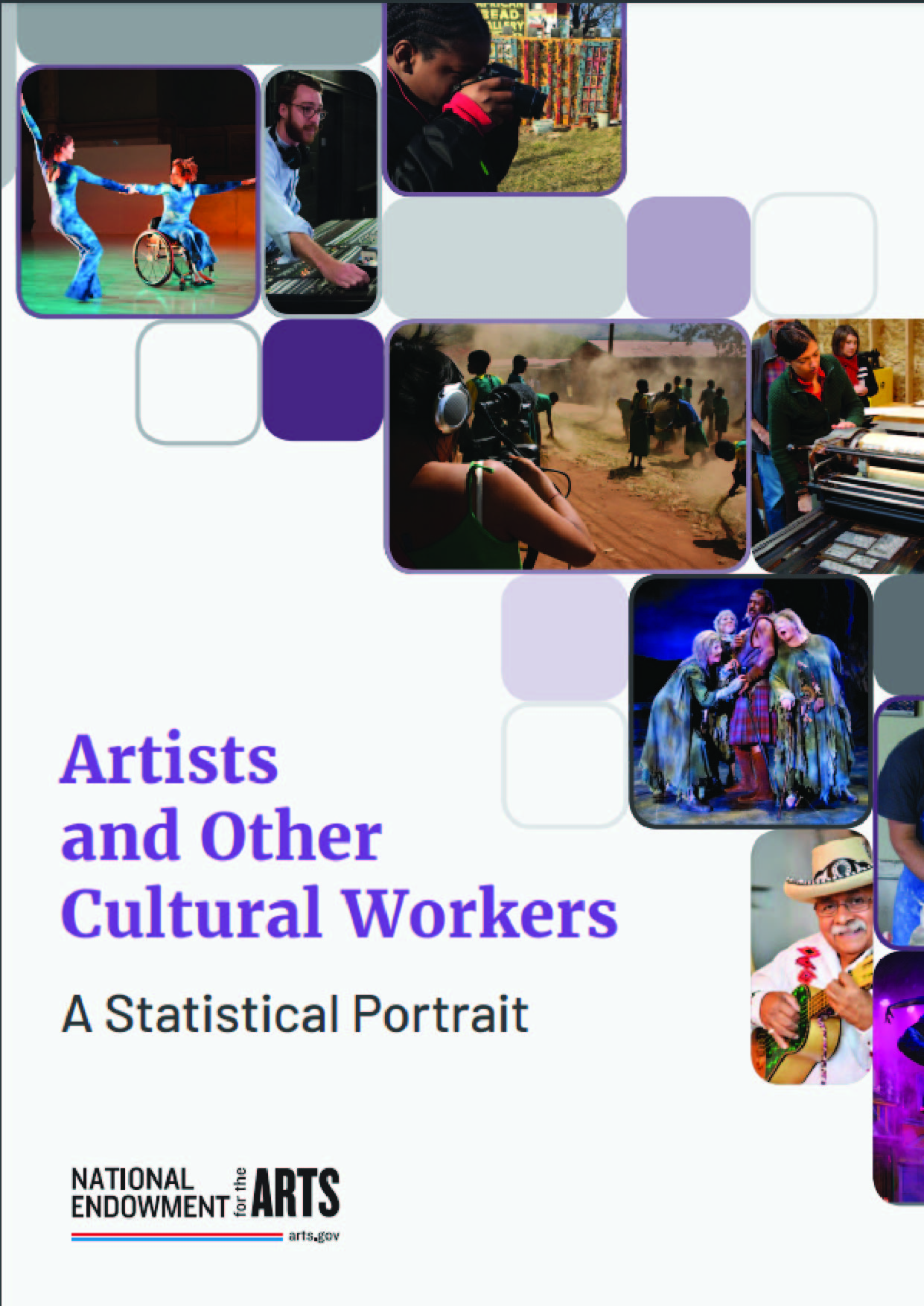Healthy vocal production is necessary for everyone in the teaching field. Vocal Techniques courses help develop the singing voice as well as support general vocal production. Speaking or singing for several hours a day is taxing on the voice and learning to use breath support during these actions will help the voice withstand the demands of teaching. However, no voice is immune to overuse or misuse. Developing healthy habits are important to vocal longevity. Understanding how to use the voice and what to be aware of when vocal fatigue starts to set in is crucial to vocal health and stamina.
The purpose of this text is to teach instrumental music education students about vocal production as it applies to solo singing. Beginning with a foundational understanding of breathing and alignment (posture), singers will learn about the vocal instrument (anatomy), how to create a clear, pleasant, tone (phonation and resonance), pronounce words clearly (articulation and diction) and how singing can be related to the study of their major instrument.
Through exploration of their own unique instrument, students will learn to apply many of their major techniques to singing, and learn what techniques may hamper their vocal progress. They will gain confidence by singing for each other in small groups, in front of the class, and in a final recital. Learning to sing a solo from memory and communicating with an audience will help students gain poise and confidence, which translates into a more confident teacher.
This text will also discuss the application of the techniques of vocal production as they pertain to teaching young singers. Most music education students are licensed to teach K-12 music and regardless of whether they have an instrumental or vocal focus, much of elementary teaching is rooted in singing. New instrumental music education graduates may find themselves teaching elementary music or choir in their first years. Having a general understanding of the voice will set them on the right track.
The first step to being successful in Vocal Techniques is understanding that the vocal instrument is the entire body with no external instrument. You cannot see your instrument, take it apart or put it away; it is with you at ALL times! This may be quite an adjustment for the instrumentalist since working with a voice is especially personal. Students might initially feel helpless because they cannot directly control the voice. Over the course of decades of teaching Vocal Techniques, it has become apparent that certain instrumental playing techniques can affect the study of singing, both positively and negatively. I have the unique perspective of being an instrumentalist myself, as I began musical studies on the cello, and taught beginning and middle school band early in my career. Making students aware of how their external instrument affects singing has helped them progress faster during the semester, as well as to gain a deeper understanding of their own instrumental study, making them better educators.
Learning as much about the voice and singing process is in the best interest of the future vocal music educator. The more knowledge and skills future teachers have about the vocal instrument, the more capable they will be in teaching themselves and others. The best recommendation is to study voice privately. Although there are many “self-teaching” resources available, reading text and watching videos cannot replace another set of human ears. It is easy to misinterpret information and there is a lot of incorrect information on the web.
